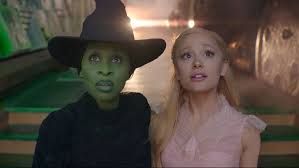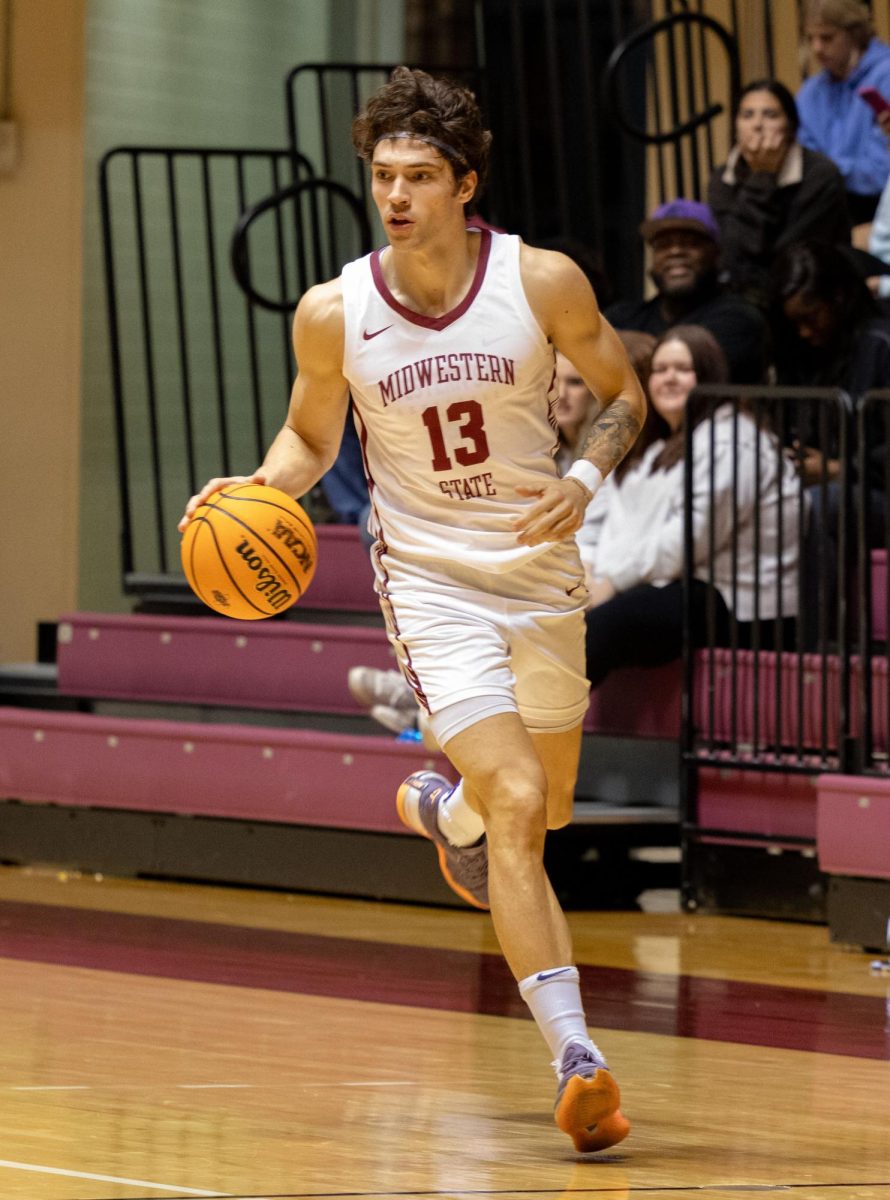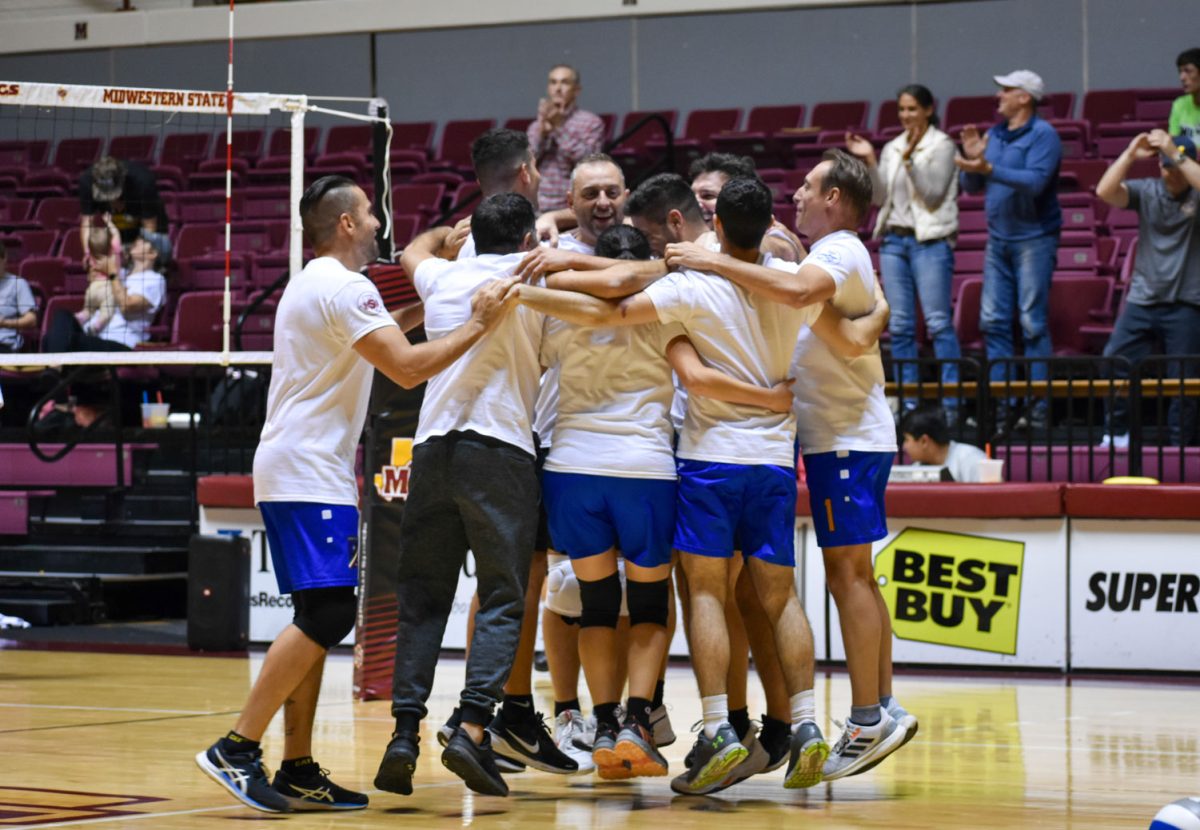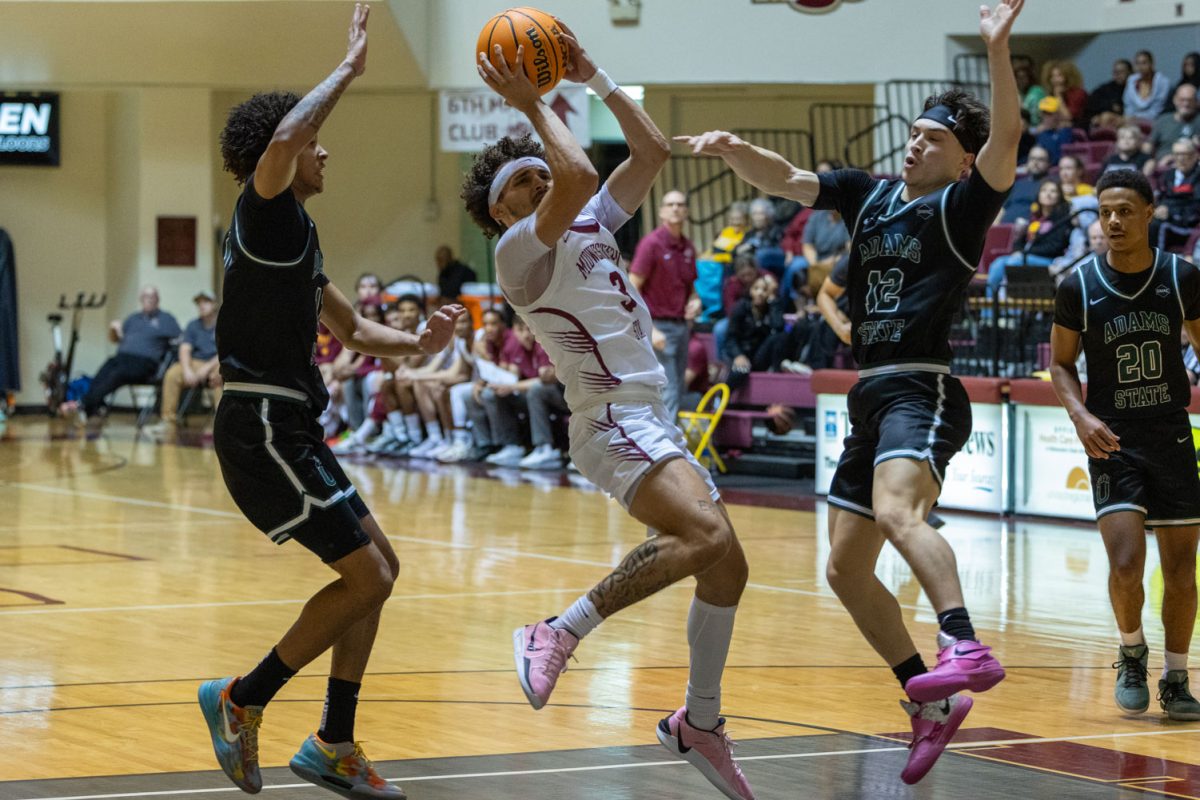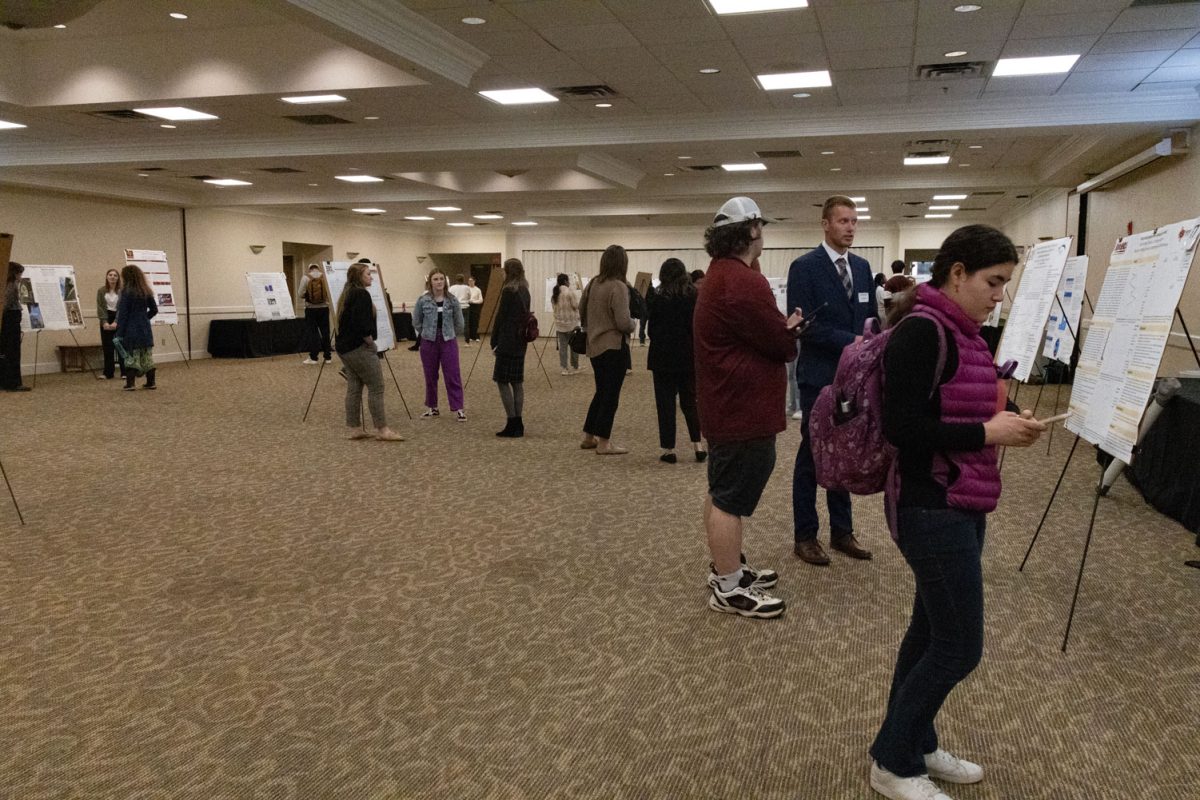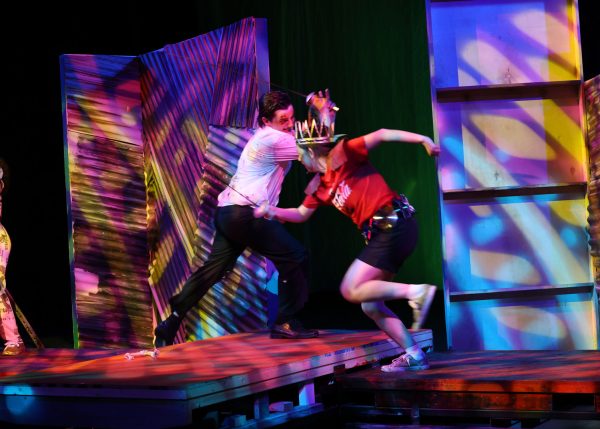
I had high hopes for MSU Theater’s production of “Mr. Burns, a Post-Electric Play.”
The show ran from Oct. 10 to Oct. 13 and was done in collaboration with both the McCoy College of Engineering and the Juanita and Ralph Harvey School of Arts.
The play is a black comedy that shows the evolution of re-telling of an episode the Simpsons over a period of 75 years. The first act introduces the audience to the premise, the second act is supposed to introduce the idea that the “Simpsons,” is being kept alive through theatrical performances and the third act is a retelling of a “Simpsons,” episode 75 years after anyone had seen the original show.
I had previously done a feature on a few of the crew members who were helping to design the show but there was still mystique around the show. Every person I interviewed gladly shared the various aspects of their processes, but they all had one thing in common, they all made sure to keep Act Three of the show under wraps.
This show was odd, but it had a lot going for it.
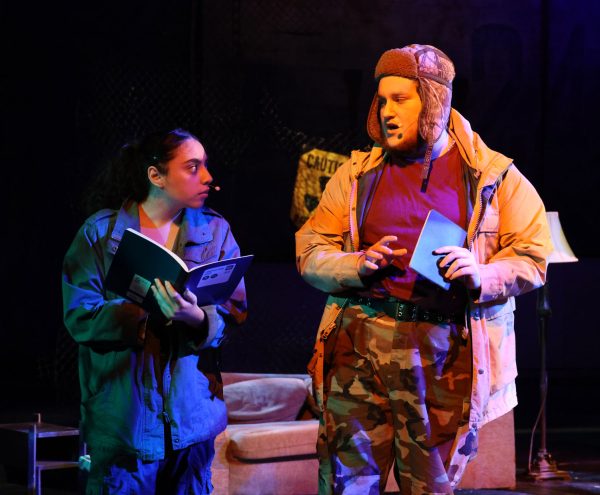
I saw the show on opening night. The set was beautifully designed and though the lighting was dimmer than most other shows, it helped sell the idea that the characters are in a “post-electric world.”
Theater education junior Alexis Scoggins and her team did a wonderful job designing costumes that looked like they were made of reclaimed material. Scoggins worked with printmaking professor Catherine Prose and art juniors Hailey Padilla and Jess Zimny to screen print the fabric for Homer, Itchy and Scratchy’s costumes, and they turned out wonderfully.
The actors did a great job bringing their characters to life. In the second act, theater performance sophomore Gerald Brooks III’s performance as Homer Simpson was hilarious, and the iconic “woohoo” Brooks let out was so good, it almost sounded like a soundbite from the actual show.
But the standout actors for me were English sophomore Hannah Gode and theater tech senior Brayden Young. Both actors did a fantastic job in every role they played. They were funny, their singing was top notch and I loved their performances.
That’s not to say that I do not have any gripes about the show.
The main problem I had was how the time skips were handled.
If it were not for the program, it would be nearly impossible to follow the plot.
There’s nothing in the show that indicates that there is a seven year time skip. In other renditions of the play, the crew projects clips from the episode they are retelling onto a screen while the actors set up. The clips then end with a card that says “seven years later.”
In a more experimental version by Harvard TEATRO, they spray painted “seven years later” on the side of one of the props.
Act III’s fight scene was underwhelming, both actors looked uncomfortable with their swords.
The scene was lackluster and I couldn’t tell who was attacking and who was defending. Instead of being a crucial part of the scene and a way to push the narrative, the fight felt like it was just there to be there. However, I do not believe that that was the actors’ fault.
I had the privilege of watching the actors practice this scene with fight choreographer Scott Russell. From what I saw in the original practice, the scene looked great.
What I think was detrimental to the scene was how early the department brought Russell into the process. Russell taught the fight choreography to actors who were not off book yet and on a stage that did not have the final set piece done.
One of the biggest problems I had was with the bike at the end of the show. The theater partnered with McCoy to engineer a bike that would turn practical lights when it was ridden.
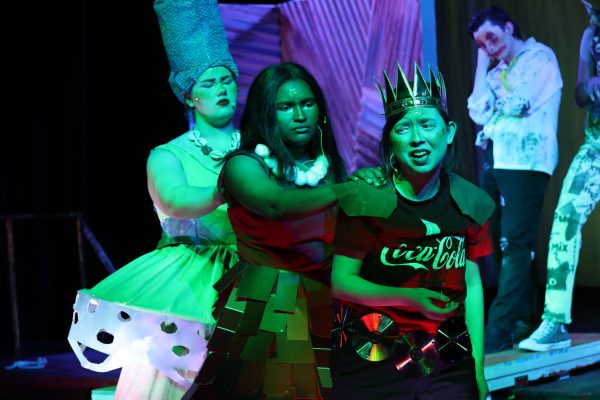
Unfortunately, the bike seen on stage was not finished. The bike was just another prop and the lights in the back were turned on manually.
It also had minimal time on stage, which is disappointing due to the interesting concept.
Overall, this show had its ups and downs, its highlights and its shadows.
My rating for “Mr. Burns, a Post-Electric Play” is 3.5/5 mustangs.




